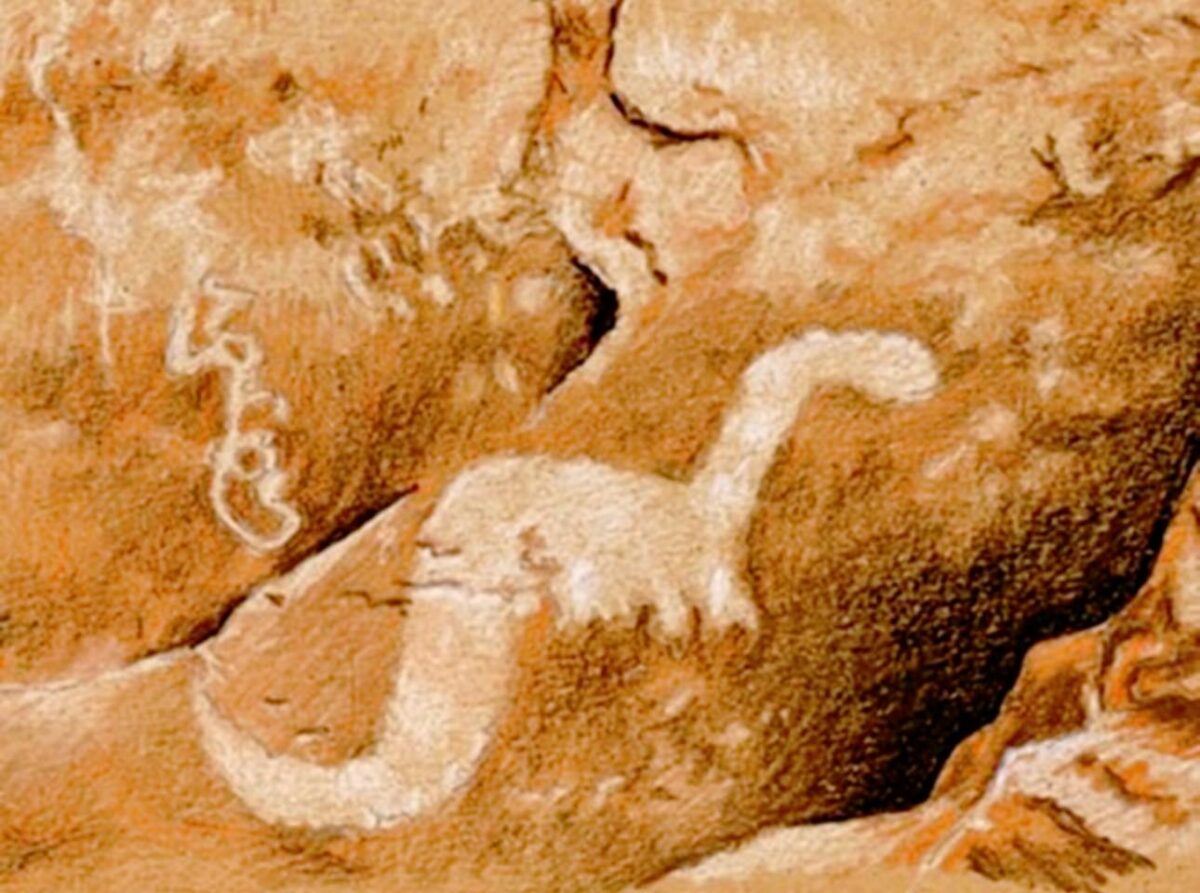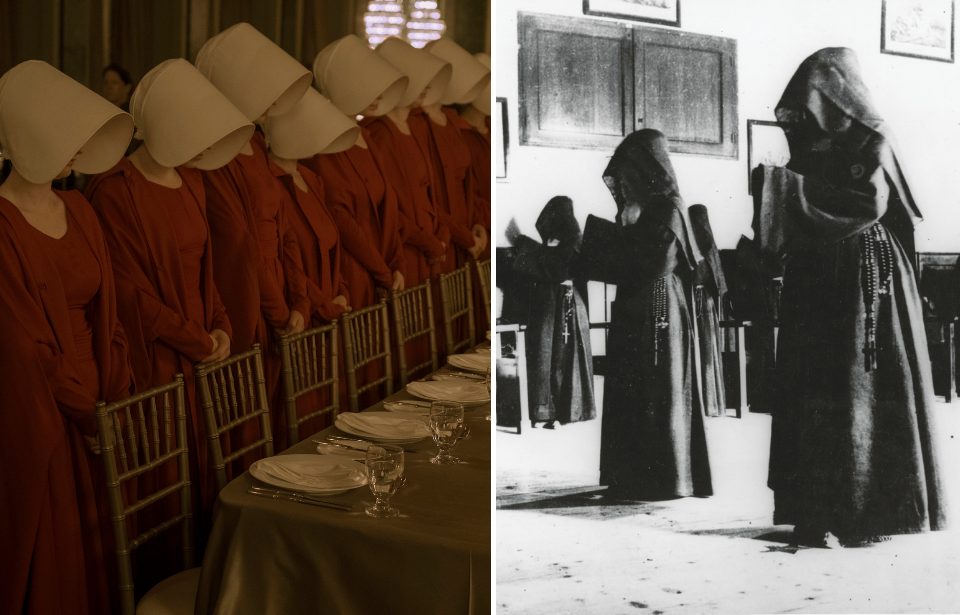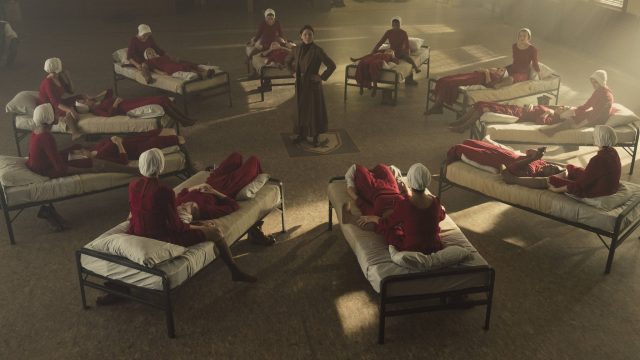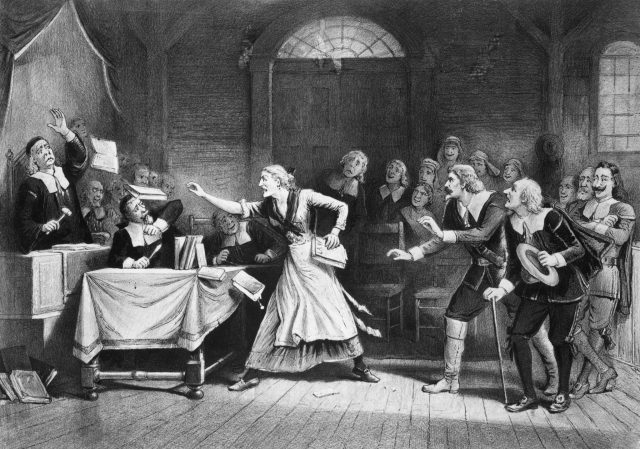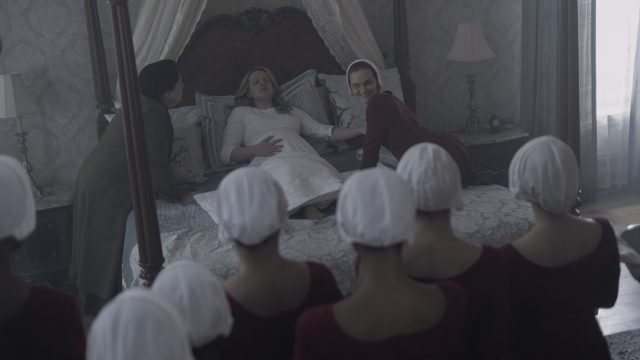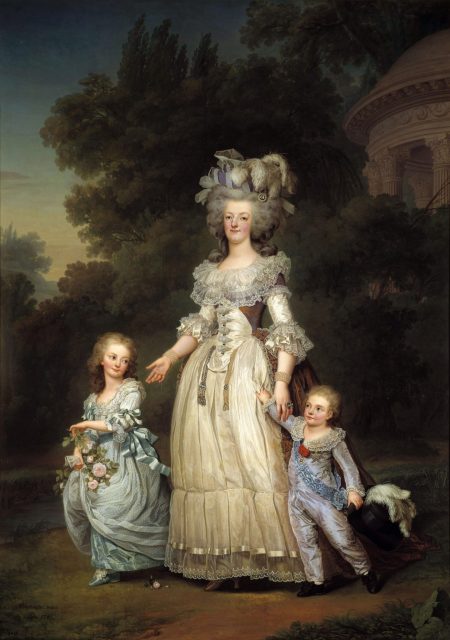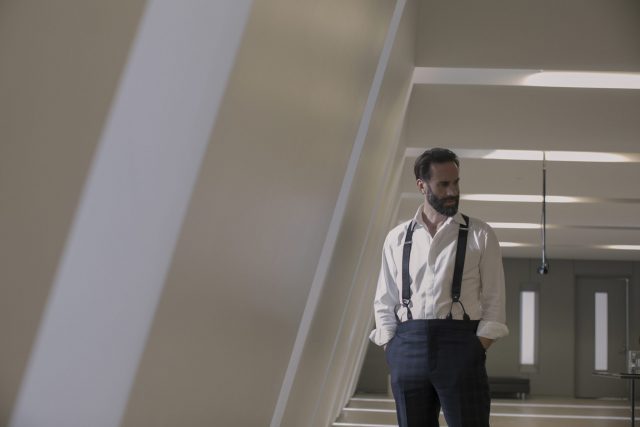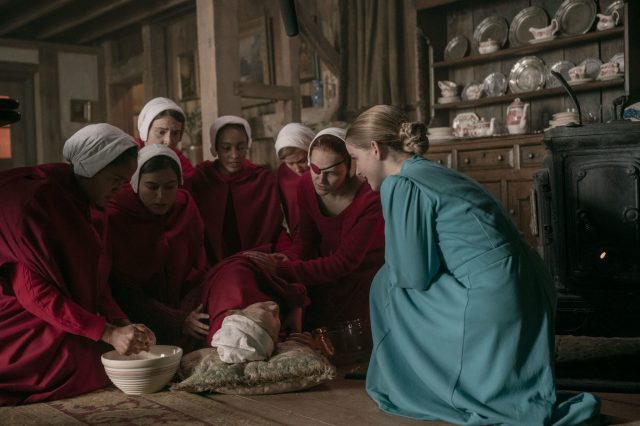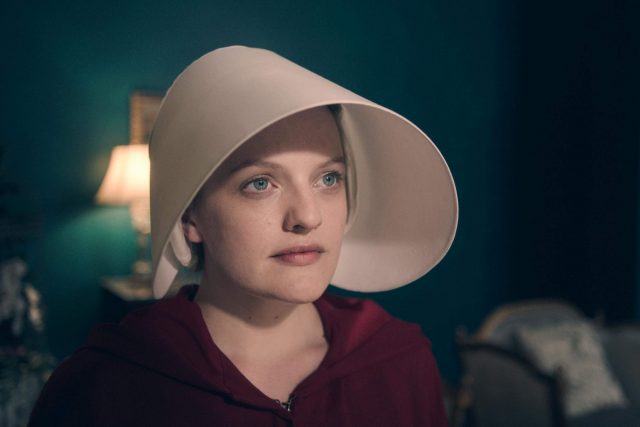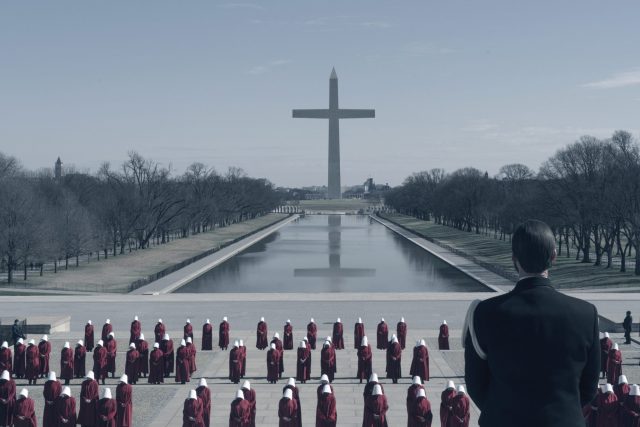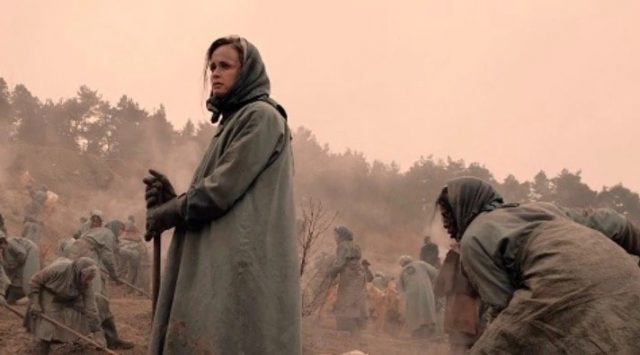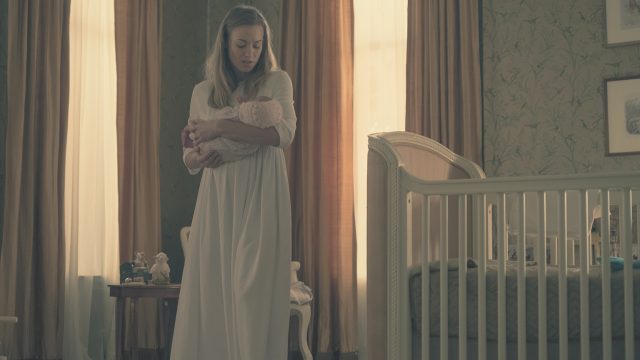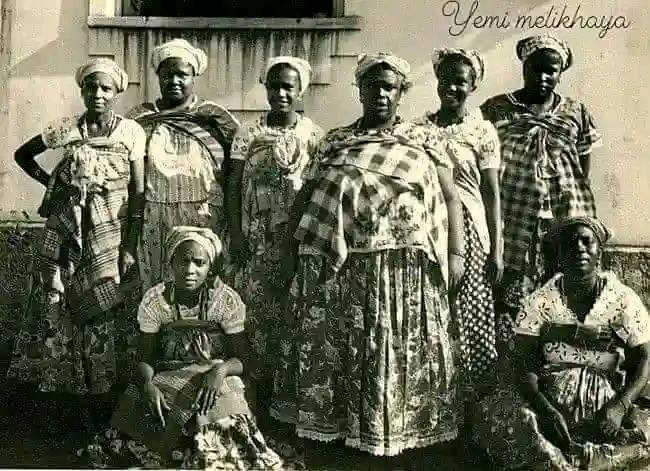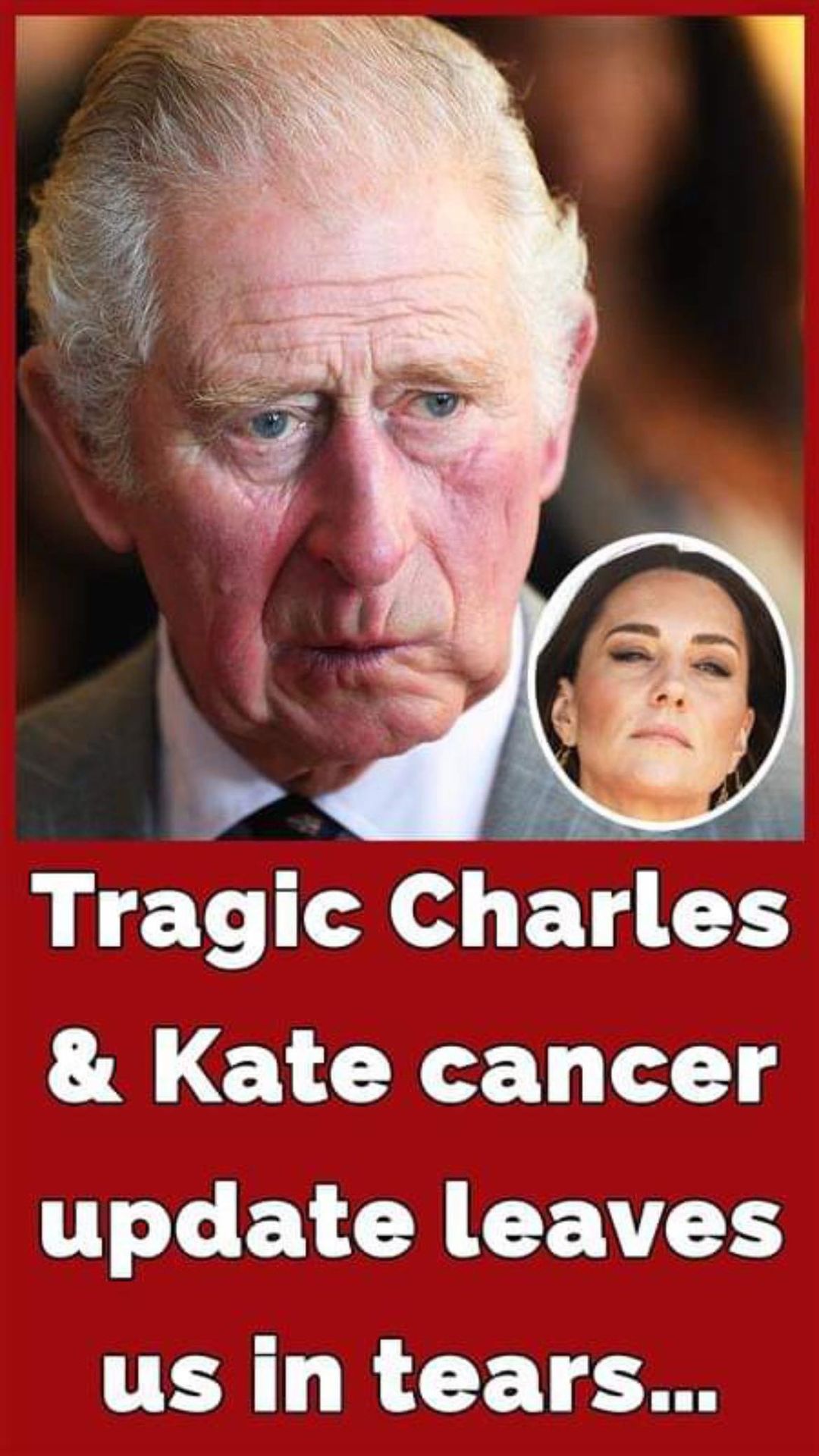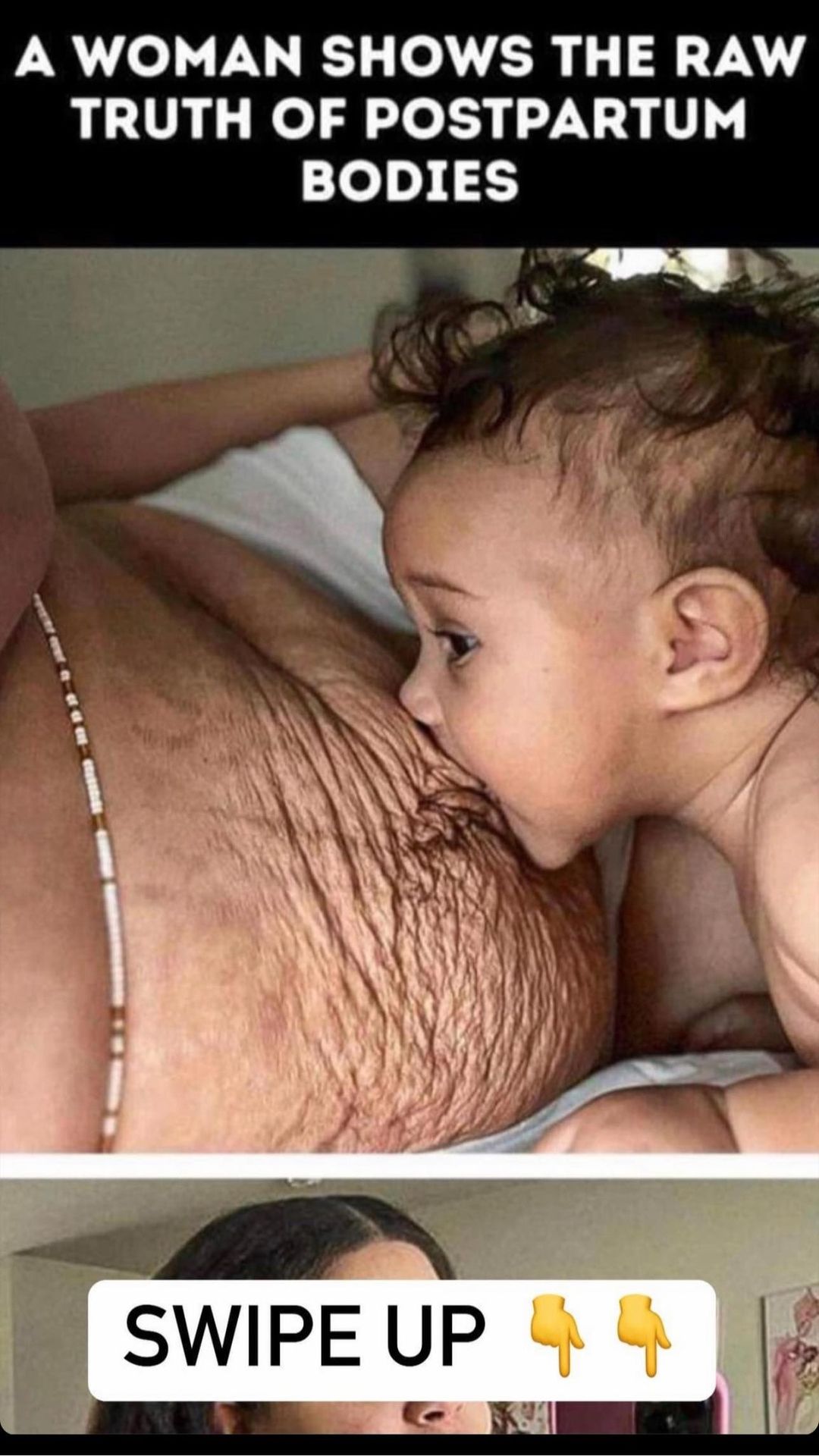King Charles is in the middle of his cancer treatment after receiving the diagnosis following his enlarged prostate checkup in January. The same day as his enlarged prostate treatment was announced, the statement of Kate MIddleton undergoing her abdominal surgery was also released to the world, and both the king and the princess spent time at the London Clinic.
Today, we know that both King Charles and Kate Middleton are undergoing cancer treatment. Exactly what kind of cancer Kate has been diagnosed with is being kept private by her, but the fact that she revealed that it was cancer appears to have had a significant impact on the public. That also went for King Charles, who announced his diagnosis.
Over the years, Kate Middleton has become one of the most popular royals, if not the most popular. Meanwhile, she and Charles have formed an extraordinary bond, and today, as they both go through treatments, their bond has, in one way, become even stronger. However, even though the king and the princess both undergo cancer treatments, it appears that King Charles isn’t thinking of himself at all. New reports suggest that he is highly concerned about Kate Middleton.
After Christmas, about nine months after King Charles officially was crowned king at his May coronation in Westminister Abbey, it appeared that the royal family was on its way to move into a new era. King Charles and Queen Camilla – who have not only been accepted by the public but also very much liked – have taken the reign after the late Queen Elizabeth.
At the same time, Prince William and Kate Middleton’s popularity has continued to grow and it seemed like this year was to become the best in many. However, things changed quickly.
In mid-January, royal fans worldwide were left in shock as Kate Middleton underwent what Kensington Palace stated was a “planned abdominal surgery. At the same time, the Princess of Wales decided not to disclose any details about her medical condition, which she is entitled to but wasn’t quite as appreciated by royal fans and experts.
Further, King Charles went through enlarged prostate treatment – and doctors found that he had cancer. Luckily, it was announced that it was found in an early stage, and the monarch will hopefully be back to full speed in a while.
As Easter approached, many believed the world would soon see Kate Middleton back on royal duty. However, on March 22 – not long after Kate had posted the Mother’s Day photo, which turned out to have been manipulated – she revealed that she had cancer.
The Princess of Wales explained that at the time she underwent the abdominal surgery, it was thought that her condition was non-cancerous, and the surgery was successful. However, when undergoing tests after the operation, doctors found that cancer had been present.
Exactly how long Kate Middleton will be away from royal duty is yet to be seen. However, the most important thing right now is to recover from the preventative chemotherapy and spend time with her beloved family.
King Charles canceled several engagements while undergoing cancer treatment, and instead, Queen Camilla stepped in. The same goes for Prince William, who took on many duties in his father’s absence.
King Charles and Kate Middleton have always had an exceptional bond. Over the years, as Kate Middleton was not only William’s girlfriend but also the future king’s wife, their bond grew stronger and stronger.
Over the years, the two have spent much time together, not least as the Prince and Princess of Wales welcomed Prince George and later Princess Charlotte and Prince Louis, with Charles becoming a grandfather.
They have been caught sharing some lovely moments in public. For example, when Prince William and Kate MIddleton arrived at St. Paul’s Cathedral for the thanksgiving service marking Queen Elizabeth’s Platinum Jubilee in 2022, then-Prince Charles blew Kate a kiss, which was adored by royal fans.
The royal family has experienced some callous times recently. However, the members have had plenty on their hands for years, not least because Queen Elizabeth passed away and because of the feud between them and Harry and Meghan.
While that has continued, King Charles and Prince William’s relationship has been on and off for years. Kate Middleton has played an essential role in bringing her husband and father-in-law closer together.
Speaking on The Royal Beat, royal commentator Victoria Arbiter explained that Prince William and King CHarles’ relationship “hasn’t always been the easiest.”
Moreover, she stated that Kate Midleton has been the key person in helping them establish a tighter bond, as she acts as a “healing balm.”
“I think we can look at Kate – she’s so close to her own family, family is so important to her. [The Princess of Wales has been a really wonderful healing balm for Prince William and his father as well. Because that relationship hasn’t always been the easiest,” Arbiter said.
